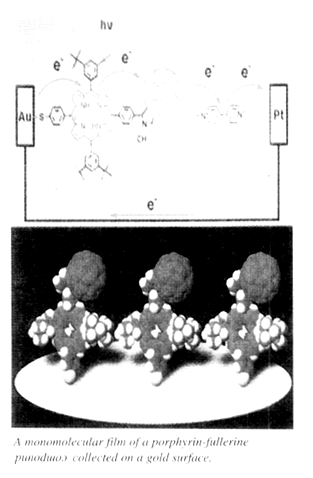| Home > Policy > White Paper, Notice, Announcement > White Paper > JAPANESE GOVERNMENT POLICES IN EDUCATION, SCIENCE, SPORTS AND CULTURE 1997 > Scientific Research Chapter 4 Section 2 3 | ||
Information science, which is primarily a physical and engineering science field, has communications, control, and computers as its basic elements. With the growth of networking in recent years, information science has contributed to progress and standardization in these areas, especially information processing. The capacity of telecommunications networks has been increased through the use of digital technology, and more recently, through the development of fiber optics. The motion picture expert group (MPEG) system, which is a highly efficient encoding method for large volumes of data, has meanwhile become the standard and general method for picture compression. These advances are based on research carried out in Japanese universities and other institutions. Progress is also being made in research on the simplification of protocols and on asynchronous transfer mode (ATM) technology, which allows bandwidth to be used dynamically.
Among the areas of information processing in which Japanese universities are conducting research and development and will, in the future, most likely undertake basic research are: intelligent Information processing, which will give computers the power to process sophisticated knowledge; distributed processing, which raises processing capacity by linking multiple computers; multimedia technology, which utilizes a wide variety of information in large quantities; electronic libraries that utilize information technology; and parallel computing, which provides massive processing power by combining multiple processing units. Information science has converged with the life sciences and cognitive science in artificial intelligence, neural networks, and genetic algorithms. It is also becoming more deeply involved with the humanities and social sciences.

Among the key themes for future research will be complex systems, including nonlinear systems and fractals, and intelligent networking, particularly the distributed autonomous intelligent agent system and human interfaces capable of supporting multimedia and cooperative processing. Goals that have gained Importance with the growth of networking include encryption and other forms of security technology and technology to support electronic financial settlements and the management of rights.
The long-term future is expected to bring increasing linkage of information-related disciplines, including the humanities and social sciences, in ways that will reflect the meaning and value of information. Promoting research for this purpose will therefore be an important priority.
| Back to Top | MEXT HOME |